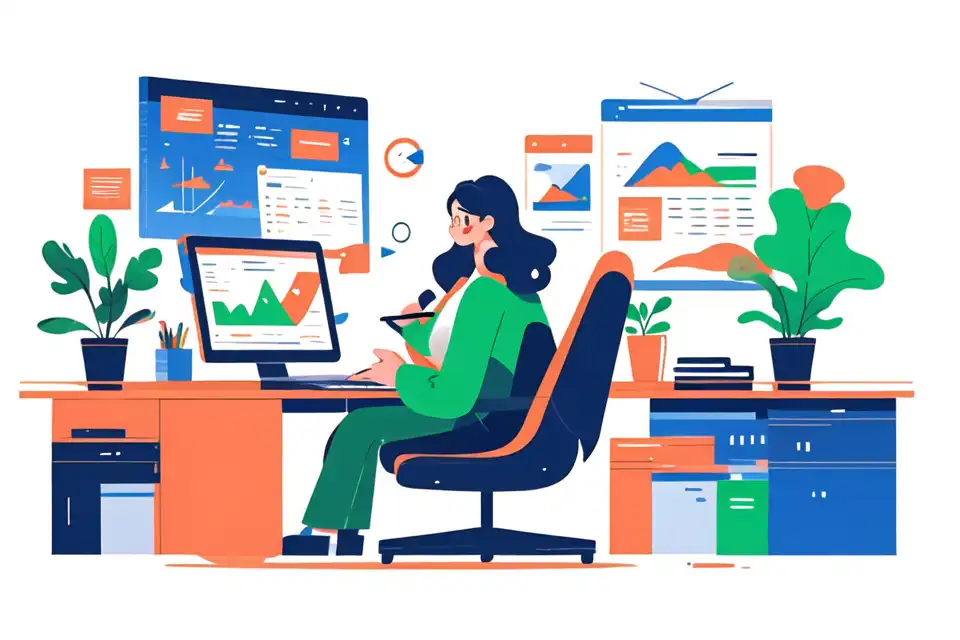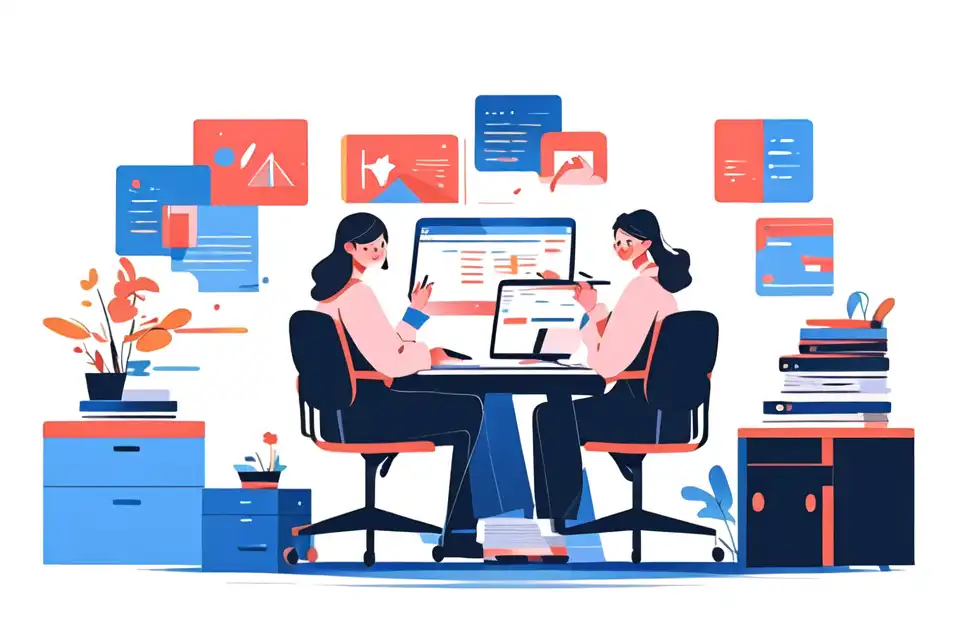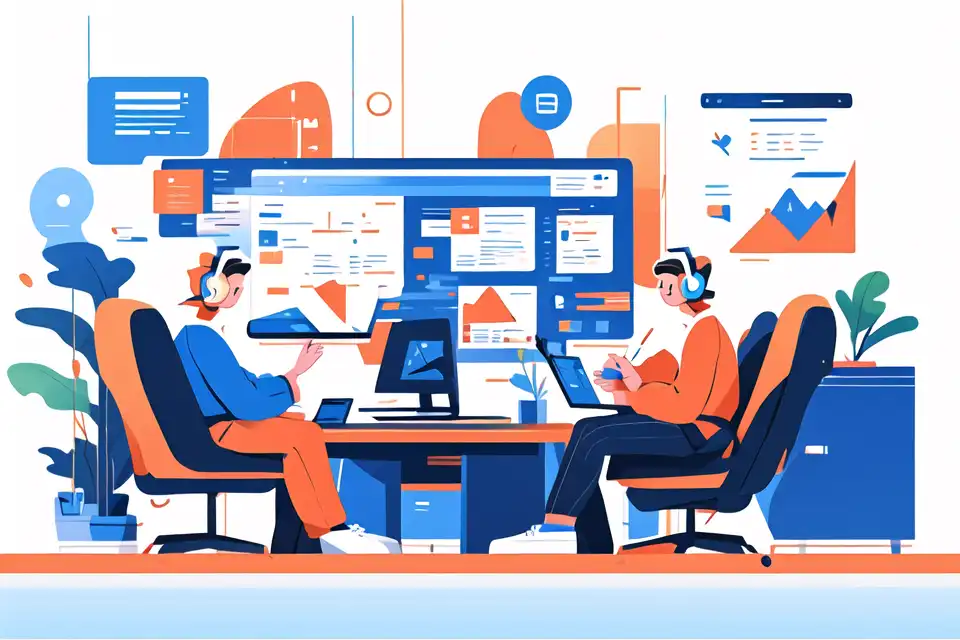Amortization
Unlock the potential of amortization with the comprehensive Lark glossary guide. Explore essential accounting terms and relevant Lark solutions.
Try Lark for Free
Leverage the full capabilities of Lark Sheets to document, track and collaborate on your accounting projects initiatives.
What is amortization?
Amortization refers to the process of allocating the cost of an intangible asset or a long-term liability over a specific period. In the field of accounting, it is commonly used to spread out the cost of an intangible asset, such as patents or copyrights, or a long-term liability, such as a mortgage or a loan, over its useful life. This allows businesses to match the expenses associated with these assets or liabilities with the revenue they generate over time.
Why is understanding amortization important?
Understanding amortization is crucial for accounting functions because it helps in accurately representing the financial position and performance of a business. By spreading out the cost of an asset or liability over its useful life, amortization ensures that expenses are properly recognized in the relevant accounting periods, providing a more accurate picture of the company's profitability and financial health. Additionally, it helps in complying with accounting standards and regulations, enabling businesses to make informed decisions based on reliable financial information.
What are the key characteristics of amortization?
There are several key characteristics of amortization that are important to note:
-
Types of amortization: Amortization can be classified into two main types - amortization of intangible assets and amortization of long-term liabilities. The former involves spreading out the cost of intangible assets, such as patents, trademarks, and copyrights, over their estimated useful lives. The latter involves allocating the cost of long-term liabilities, such as mortgages or loans, over the term of the liability.
-
Amortization period: The amortization period represents the duration over which the cost of an asset or liability is spread out. It is determined based on the estimated useful life of the asset or the term of the liability. The amortization period can vary depending on the nature of the asset or liability and industry practices.
-
Amortization expense: The amortization expense represents the portion of the asset or liability's cost that is allocated as an expense in each accounting period. It is calculated by dividing the initial cost of the asset or liability by its amortization period. The amortization expense is recorded on the income statement and reduces the company's net income.
-
Straight-line method: The straight-line method is the most commonly used method for calculating amortization. Under this method, the cost of the asset or liability is evenly spread out over its estimated useful life or term. However, there are other methods, such as the declining balance method or units-of-production method, that may be used depending on the nature of the asset or liability.
Get Lark Sheets Accounting Templates
What are some misconceptions about amortization?
There are a few common misconceptions or issues associated with amortization:
-
Amortization is the same as depreciation: While both amortization and depreciation involve spreading out the cost of an asset over time, they are used for different types of assets. Amortization is used for intangible assets, such as patents or copyrights, while depreciation is used for tangible assets, such as buildings or equipment.
-
Amortization means the asset is losing value: Amortization is not an indication of the asset's value decreasing over time. It is simply a method of allocating the cost of the asset over its useful life. The value of an asset may increase or decrease independently of its amortization.
-
Amortization is a cash flow: Amortization is not a cash flow in itself. It represents an accounting expense recorded to match the cost of an asset or liability with the revenue it generates over time. Cash flows may occur when making payments towards the liability being amortized, but amortization itself does not involve actual cash outflows.
Accounting best practices on amortization
To ensure accurate and consistent accounting practices related to amortization, it is important to follow these best practices:
-
Maintain proper documentation: Keep detailed records of the cost of the asset or liability, its useful life or term, and the calculation of the amortization expense. This documentation will support the accuracy of the financial statements and facilitate audits or reviews.
-
Stay updated with accounting standards: Stay informed about any changes or updates to accounting standards related to amortization. This will ensure compliance and help in accurately reflecting the financial position and performance of the business.
-
Review and reassess useful life or term: Regularly review and reassess the estimated useful life of intangible assets or the term of long-term liabilities. If there are any changes or events that impact the original estimates, adjust the amortization period accordingly to reflect the updated information.
Get Lark Sheets Accounting Templates
Actionable tips for amortization in accounting
Best Tip 1: Plan for future amortization expenses
Anticipate the future amortization expenses by forecasting the amortization costs for upcoming accounting periods. This will help in budgeting and financial planning, ensuring that the business has sufficient funds to cover these expenses.
Best Tip 2: Consider tax implications
Be aware of the tax implications of amortization. In some jurisdictions, certain intangible assets may be eligible for tax deductions or benefits related to amortization. Consult with tax professionals to ensure that the business is taking full advantage of any available tax benefits.
Best Tip 3: Regularly review and assess amortization schedules
Regularly review and assess the accuracy and relevance of the amortization schedules. As business circumstances change, it may be necessary to adjust the amortization period or method to align with the current situation. Stay proactive in monitoring and updating the amortization schedules to ensure accurate financial reporting.
Related terms and concepts to amortization in accounting
Related Term or Concept 1: Depreciation
Depreciation is a similar concept to amortization, but it applies to tangible assets instead of intangible assets. It involves spreading out the cost of a tangible asset over its estimated useful life, reflecting the gradual wear and tear or obsolescence of the asset.
Related Term or Concept 2: Impairment
Impairment refers to a loss in the value of an asset, either tangible or intangible. When an asset's value is impaired, it may require a write-down or adjustment in its carrying value on the balance sheet. Impairment can occur due to factors such as changes in market conditions, technological advancements, or legal or regulatory changes.
Related Term or Concept 3: Goodwill
Goodwill is an intangible asset that represents the value of a business above its identifiable assets and liabilities. It arises from factors such as reputation, customer relationships, or brand recognition. Goodwill is typically acquired through mergers or acquisitions and is subject to annual impairment tests.
Get Lark Sheets Accounting Templates
Conclusion
Amortization plays a crucial role in accounting as it helps in accurately representing the financial position and performance of a business. By allocating the cost of intangible assets or long-term liabilities over their useful lives or terms, businesses can match expenses with the revenue they generate. Understanding the key characteristics of amortization, avoiding common misconceptions, and following best practices will ensure accurate financial reporting and informed decision-making. It is important for businesses to regularly review and reassess their amortization schedules to reflect changes in circumstances and stay compliant with accounting standards.
Leverage the full capabilities of Lark Sheets to document, track and collaborate on your accounting projects initiatives.








